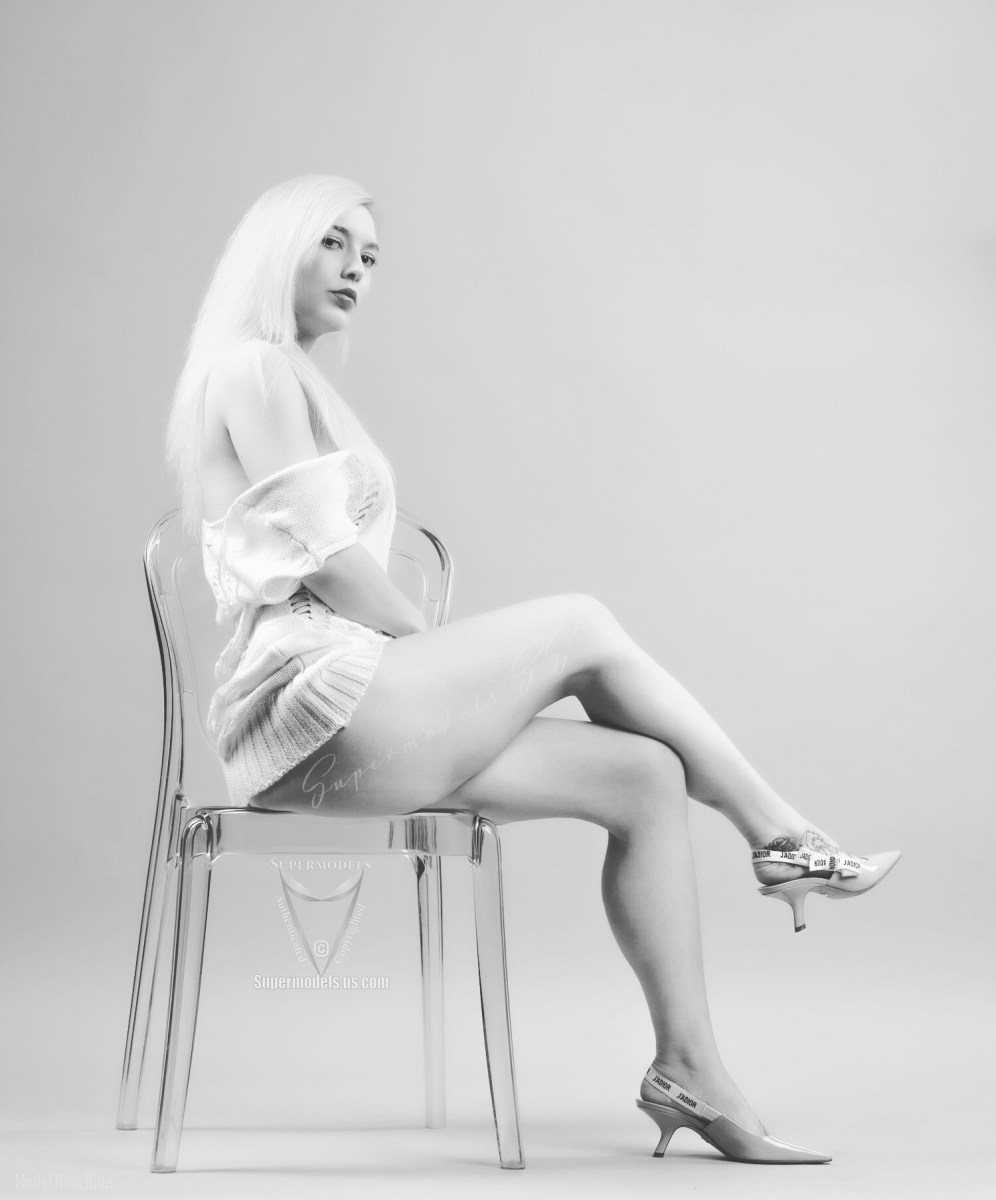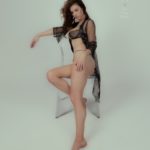A Look into Different Types of Modeling
Modeling is an industry that encompasses a wide array of styles, niches, and specialties. From fashion runways to commercial advertisements, models play a crucial role in bringing concepts and products to life. However, many people are often unaware of the various types of modeling that exist beyond the glamorous world of high fashion. In this article, we will delve into the diverse landscape of modeling, shedding light on its different categories and the unique skills required for each.
Fashion Modeling
Fashion modeling is perhaps the most well-known type of modeling, characterized by high-end designer brands, runway shows, and editorial spreads in fashion magazines. Fashion models are typically tall, slender, and possess distinct facial features. They showcase clothing, accessories, and beauty products in a way that conveys style, elegance, and sophistication. Fashion modeling demands versatility, as models may be required to embody different personas to fit various designer aesthetics.
Runway Modeling
Runway models, also known as catwalk models, showcase clothing and accessories on the runway during fashion shows. They must have precise movements and poses to highlight the designer’s creations effectively.
Fit Modeling
Fit models work with clothing designers and manufacturers to ensure garments fit well and are comfortable. They provide feedback on the fit, fabric, and construction of clothing during the design and production process.
Glamour Modeling
Glamour modeling focuses on sensuality, allure, and beauty, often featuring models in lingerie, swimsuits, or suggestive poses. While glamour modeling shares similarities with fashion and commercial modeling, it emphasizes a more provocative and seductive aesthetic. Glamour models exude confidence, charisma, and sex appeal, captivating audiences with their magnetic presence. This type of modeling is prevalent in men’s and women’s magazines, as well as in advertising campaigns targeting adult audiences.
Parts Modeling
Parts models specialize in showcasing specific body parts, such as hands, feet, or eyes, for advertisements and product promotions. They must have well-maintained and aesthetically pleasing body parts.
Catalog Modeling
Catalog models appear in print and online catalogs to showcase clothing, accessories, and other products for sale. They typically pose in a variety of settings to demonstrate how the items can be worn or used.
Commercial Modeling
Unlike fashion modeling, which focuses on high-end couture, commercial modeling is more accessible and caters to a broader audience. Commercial models represent everyday people and appear in advertisements for products ranging from household items to healthcare services. This type of modeling requires the ability to convey relatability and authenticity, as the goal is to appeal to consumers on a personal level. Commercial models come in all shapes, sizes, and ages, reflecting the diversity of the target audience.
Promotional Modeling
Promotional models represent brands at events, trade shows, and promotions. They engage with customers, distribute samples or promotional materials, and help create brand awareness.
Fitness Modeling
Fitness modeling revolves around promoting health, wellness, and physical fitness through various mediums such as magazines, advertisements, and social media platforms. Fitness models have well-defined muscles, a toned physique, and radiate vitality and energy. They often endorse fitness products, workout routines, and nutritional supplements. Beyond aesthetics, fitness models inspire and motivate others to adopt a healthy lifestyle through their dedication and commitment to physical fitness.
Plus-Size Modeling
Plus-size modeling celebrates body diversity and inclusivity by featuring models of various sizes and proportions. Plus-size models challenge traditional beauty standards and promote body positivity and acceptance. They represent a growing segment of the fashion and advertising industries, appearing in clothing campaigns, fashion editorials, and runway shows dedicated to plus-size fashion. Plus-size models empower individuals to embrace their bodies and feel confident in their skin, regardless of size or shape.
Editorial Modeling
Editorial modeling involves posing for fashion spreads in magazines, editorial shoots, and artistic photography projects. Editorial models collaborate with photographers, stylists, and creative teams to bring editorial concepts and stories to life through visual storytelling. This type of modeling requires versatility, creativity, and the ability to convey emotions and narratives through poses and expressions. Editorial models often push boundaries and experiment with unconventional themes and aesthetics.
Art Modeling
Art models pose for artists, sculptors, and painters to create visual art. They hold poses for extended periods, often nude, and must have a good understanding of anatomy and form.
Boudoir Modeling
Boudoir modeling is a style of photography or modeling that captures intimate, sensual, and sometimes erotic images of individuals, typically in a bedroom or private setting or in studio simulating a woman’s boudoir space. The focus is on portraying the subject in a seductive and alluring manner, often wearing lingerie or revealing clothing, while maintaining an air of elegance and sophistication. Boudoir modeling is a form of self-expression that aims to celebrate the beauty, confidence, and sensuality of the subject, empowering them to embrace their body and express their sensuality in a tasteful and artistic way.
These are just some of the many types of modeling, each requiring specific skills, attributes, and market niches. Modeling is a multifaceted industry that offers opportunities for individuals with diverse talents, backgrounds, and aspirations. Whether it’s strutting down the runway, gracing the pages of magazines, or inspiring others through fitness journeys, modeling allows individuals to express themselves creatively and make an impact in various spheres. By understanding the different types of modeling, we gain a deeper appreciation for the artistry, versatility, and diversity within the modeling world.






